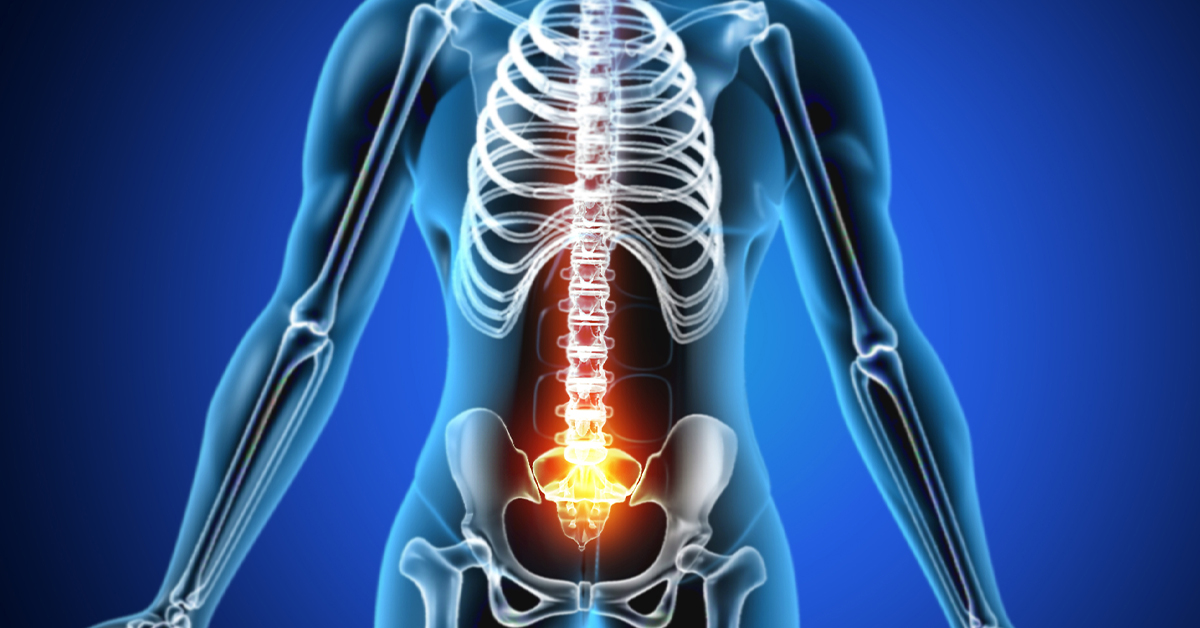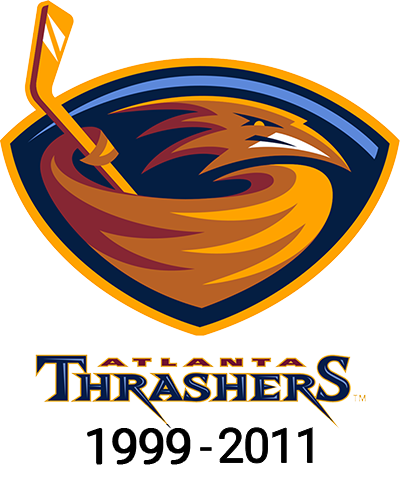
Where Does Back Pain Usually Start?
Back pain is a widespread issue that affects millions of people globally. Understanding where back pain usually starts can help in identifying its cause and determining the most effective treatment. Back pain can originate from various parts of the back, including the upper, middle, and lower regions, each associated with different conditions and triggers.
Lower Back (Lumbar Region)
The most common area where back pain starts is the lower back, also known as the lumbar region. This area bears much of the body's weight and is involved in many movements, making it particularly vulnerable to injury and strain. Pain in the lower back often stems from muscle strain, poor posture, or lifting heavy objects improperly. Conditions like herniated discs, degenerative disc disease, and lumbar spinal stenosis also commonly cause lower back pain. This pain may be dull and constant or sharp and sudden, often worsening with movement or prolonged sitting.
Upper Back (Thoracic Region)
While less common than lower back pain, upper back pain can also be a significant issue. The upper back, or thoracic region, includes the area between the base of the neck and the bottom of the rib cage. Pain in this area is often related to muscle strain from poor posture, especially in people who spend long hours sitting at a desk or looking at screens. Conditions like scoliosis, kyphosis, or thoracic spine injuries can also cause upper back pain. This type of pain is often described as a burning or aching sensation, sometimes accompanied by stiffness or tightness.
Middle Back
Middle back pain is less frequently reported but can still be a concern for many. This region, located between the upper and lower back, is less flexible than the lower back, making it less susceptible to injury from movement. However, middle back pain can result from conditions such as herniated discs, arthritis, or muscle strain. Pain in this area can also be a sign of issues with the organs in the chest or abdomen, such as the heart, lungs, or kidneys, making it important to seek medical evaluation if middle back pain is persistent or severe.
Sacral and Coccyx Area
Pain in the sacral region, near the base of the spine, or the coccyx, also known as the tailbone, is another area where back pain may start. This type of pain is often associated with trauma or injury, such as a fall that directly impacts the tailbone. Conditions like coccydynia, which is inflammation of the tailbone, can cause significant discomfort, especially when sitting. Sacral pain can also result from issues with the sacroiliac joints, where the spine connects to the pelvis, leading to pain that may radiate into the lower back, buttocks, or legs.
Referred Pain
In some cases, back pain may not start in the back at all but is instead referred from another area of the body. For example, pain from the kidneys or pancreas can be felt in the middle or lower back. Similarly, heart issues, such as a heart attack, can cause pain that radiates to the upper back. Understanding whether the pain originates in the back itself or is referred from another area is crucial for accurate diagnosis and treatment.
Back pain can start in various regions of the back, including the lower, upper, and middle back, as well as the sacral and coccyx area. Each area is associated with different causes and conditions, from muscle strain and poor posture to more serious issues like herniated discs or referred pain from internal organs. Identifying where your back pain starts is the first step in finding the right treatment and relief. If you're experiencing persistent or severe back pain, it's important to consult with a healthcare provider to determine the underlying cause and develop an effective treatment plan.




